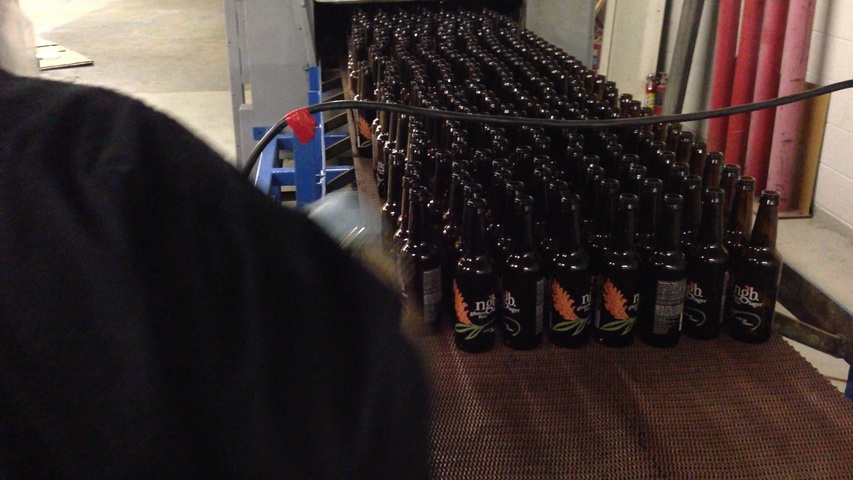Applied Ceramic Labeling Services
For applications such as multi-trip returnable glass bottles, no imprint is as durable or as beautiful as applied ceramic labeling (ACL). This is the process traditioanlly utilized for wine or liquor bottles, dairy bottles or food containers, and cosmetic bottles - such as perfume/cologne bottles or nailpolish bottles. While the actual printing of graphics onto a glass bottle is the nearly the same as traditional screen printing of plastic, metal, or glass containers...the key is the use of enamel inks which are lehr-fired at 1,200° f. This lehr firing is vastly different compared to traditonal screen printing that rely on UV curable or solvent-based inks.
The Market
Today, more than ever before, customers are understanding the health benefits of consuming products packaged in glass as nothing is purer than glass. Additionally, despite weight or transportion concerns companies are realizing that they can be more green by using returnable bottles instead of sending plastic to a landfill and realize substantial cost savings when they can reuse a bottle (after sterialization) over a doezen times.
The ACL Process
After the bottle is screen printed with the enamel ink it is loaded to a decorating lehr. This lehr is a precisely controlled conveyor oven with exacting temperature and speed requirements that are varied based on the size and shape of the item being printed. A typcial container will spend as much as two hours in this lehr, thus meaning that lehrs are fairly large pieces of equipment in order to accomondate typical production volume. For example, Flow-Eze utilizes a lehr that is over 75' long and 6' wide.
While at 1,200° f the ink becomes glass, this temperature causes the glass to become easily broken at later handling - unless proper steps are taken while in the lehr. Thus much of the length of the lehr is acutally dedicated to not curing the ink, but re-annealing the glass. The annealing process is what gives the glass its excellent breakage resistence and the abilitiy to withstand a trip down a high-speed automated filling line or the durability expected for multi-trip bottle use. This annealing process is similar to a tempering process in that very specific stages of tempeartures are utilized so that the bottle doesn't leave the lehr and touch cold ambient air.




